Aluminum Sesquichlorohydrate vs Aluminum Zirconium Tetrachlorohydrex Gly in Antiperspirants
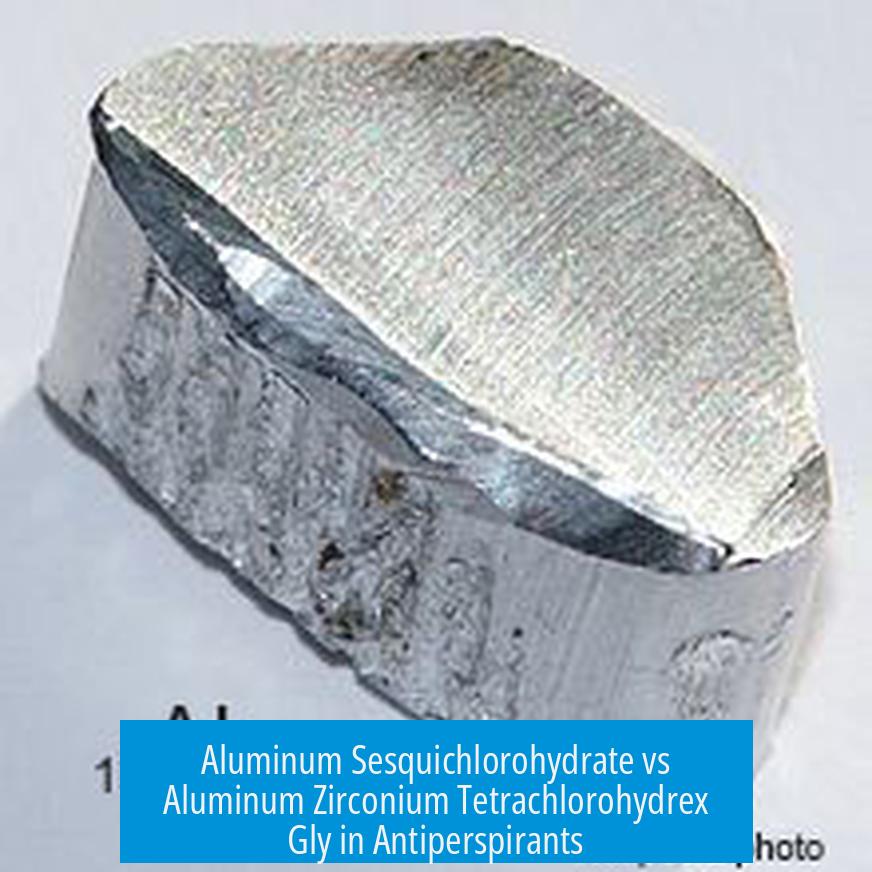
Aluminum sesquichlorohydrate and aluminum zirconium tetrachlorohydrex gly serve as active ingredients in antiperspirants with distinct effects on efficacy and skin tolerance. Both compounds reduce sweat by forming temporary plugs in sweat ducts but differ in their potential for irritation and duration of action.
Types of Aluminum Compounds in Antiperspirants
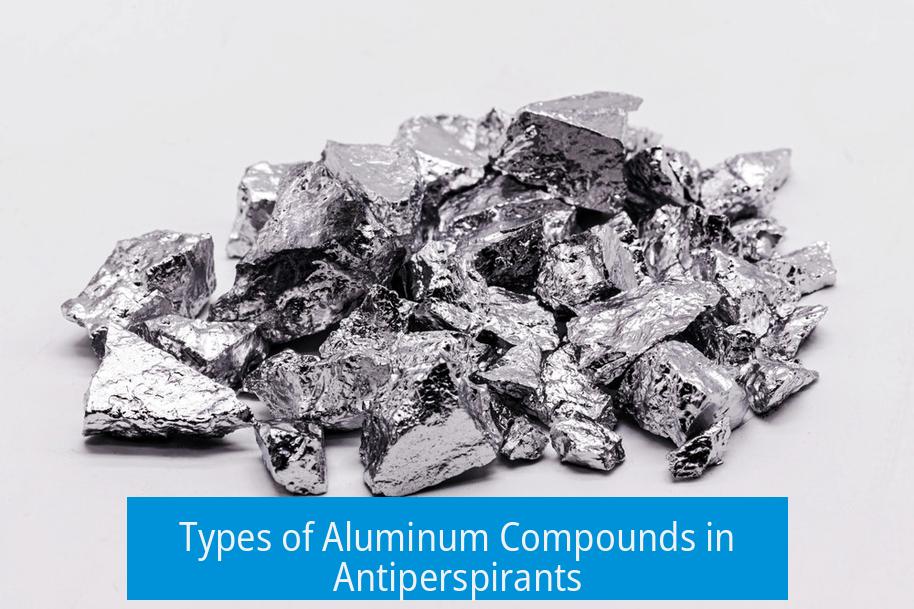
- Aluminum Sesquichlorohydrate: Related to aluminum chlorohydrate, this compound is commonly used for its strong sweat-blocking ability.
- Aluminum Zirconium Tetrachlorohydrex Gly: A complex aluminum-zirconium compound often formulated to minimize skin irritation while maintaining anti-perspirant activity.
Effectiveness and Skin Irritation
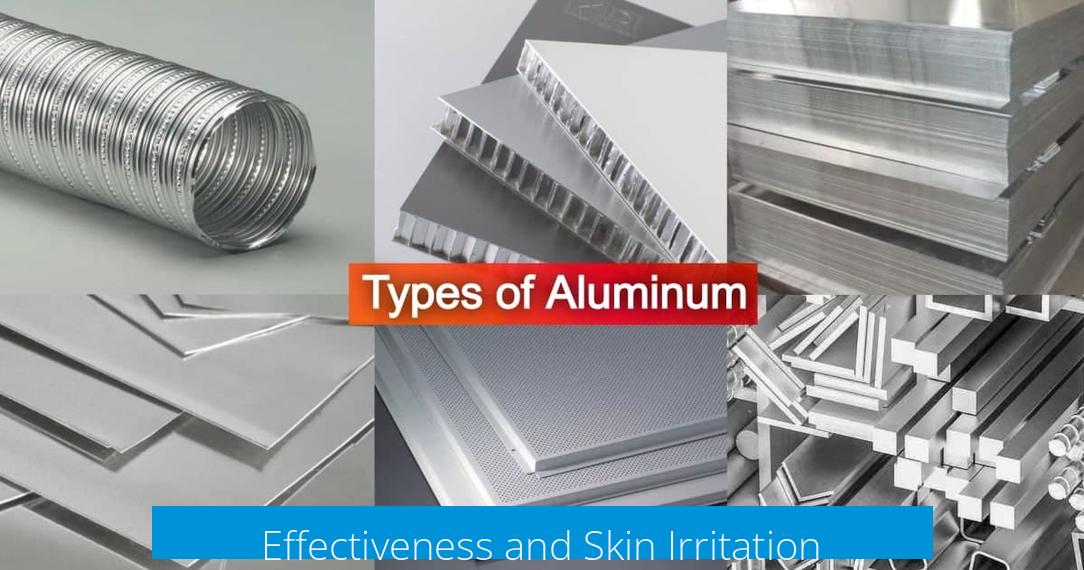
Aluminum sesquichlorohydrate, being a form of chlorohydrate, tends to offer robust sweat reduction but carries a higher risk of causing skin irritation or even boils in sensitive individuals. Some users report adverse reactions with antiperspirants containing this aluminum salt.
Conversely, aluminum zirconium tetrachlorohydrex gly is typically better tolerated by the skin. Its zirconium component appears to reduce the likelihood of irritation while maintaining effective sweat control. This makes it a preferred choice for sensitive skin.
Duration of Effect
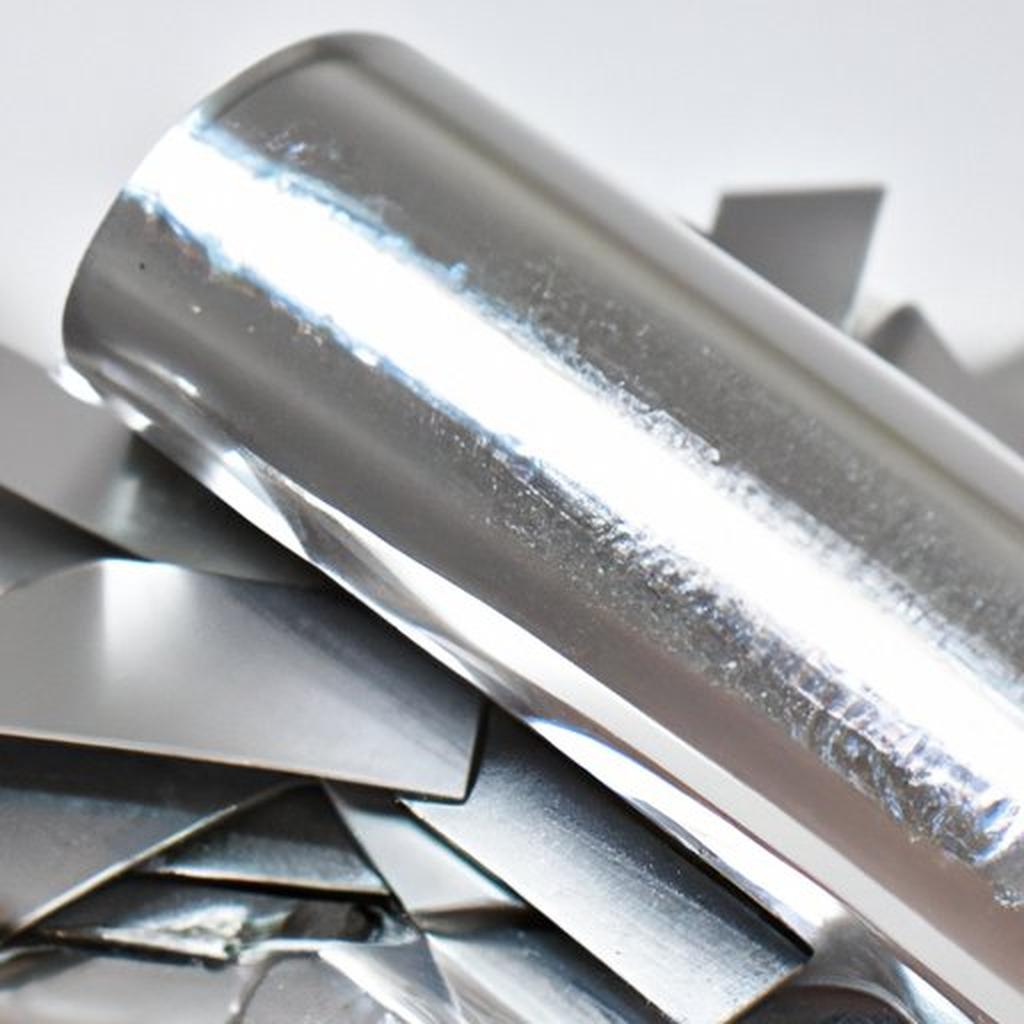
Modern antiperspirants often promote long-lasting sweat protection, sometimes up to 72 hours. While product longevity depends on overall formulation, compounds like aluminum zirconium tetrachlorohydrex gly are frequently associated with extended efficacy periods compared to traditional aluminum sesquichlorohydrate formulations, which may only last 24 hours.
Summary of Key Differences

| Property | Aluminum Sesquichlorohydrate | Aluminum Zirconium Tetrachlorohydrex Gly |
|---|---|---|
| Anti-perspirant Effectiveness | High | High to Moderate |
| Skin Irritation Risk | Higher | Lower |
| Duration of Protection | Typically shorter (~24 hrs) | Often longer (~48–72 hrs) |
Concluding Takeaways
- Aluminum sesquichlorohydrate offers strong sweat reduction but may irritate sensitive skin.
- Aluminum zirconium tetrachlorohydrex gly generally causes less irritation and lasts longer.
- Product formulation affects duration; zirconium compounds often appear in longer-lasting antiperspirants.
- Choice of aluminum ingredient can influence both effectiveness and skin comfort.
Aluminum Sesquichlorohydrate vs Aluminum Zirconium Tetrachlorohydrex Gly: Which Aluminum Compound Wins Your Armpits?
Choosing between Aluminum Sesquichlorohydrate and Aluminum Zirconium Tetrachlorohydrex Gly is less about chemistry class and more about battling irritation and staying dry all day. Millions slather antiperspirants daily, oblivious to the diverse aluminum salts working behind the scenes. Yet, these compounds don’t behave the same—some fiercely fight sweat but prank your skin, while others play nice but maybe don’t last as long. Let’s dive into this unexpected aluminum showdown that might completely change your underarm game.
First things first: Yes, antiperspirants owe their sweat-stopping magic to aluminum-based compounds. Not all aluminum, however, is created equal. Two common contenders are Aluminum Sesquichlorohydrate and Aluminum Zirconium Tetrachlorohydrex Gly. These long names sound like they belong in a chemistry lab, but knowing the difference can save your skin—and your sweat stains.
Why Does This Matter? Let’s Get Real
One confesses, “It’s crazy I’ve never realized the different types of aluminums in deodorant/antiperspirant until I finally found one that doesn’t irritate me (thanks to my bf) or cause boils!” So you’re not alone if you’ve unwittingly caused your armpits distress. Noticing irritation or those unpleasant bumps? Your aluminum culprit might be Aluminum Sesquichlorohydrate, or maybe it’s a less gentle cousin.
Aluminum Sesquichlorohydrate is quite effective in reducing sweat but often walks a tightrope. It works harder to clog sweat ducts, but this extra strength has a price: it may raise your chances of redness, itchiness, and sometimes even painful irritation. Ironically, the very feature that makes it a ‘workhorse’ can make it a ‘jerk’ to sensitive skin.
How Does Aluminum Zirconium Tetrachlorohydrex Gly Fit Into This?
On the other side, we have Aluminum Zirconium Tetrachlorohydrex Gly. It’s a mouthful, but this compound shows up in many antiperspirants marketed as “gentle yet strong.” Users report fewer skin issues, fewer rashes, and generally better underarm comfort. The “gly” part of its name refers to glycine, an amino acid that may help reduce irritation.
This compound tends to be better tolerated, especially for those with sensitive skin or previous experiences with painful irritation. Some swear by it because it balances sweat control without seeming to wage chemical warfare on their skin.
Effectiveness Versus Irritation: The Real Tradeoff
Here’s the catch—aluminum chlorohydrate (a similar compound) often acts as a sort of middle ground. It might be a little more effective in stopping sweat than Aluminum Zirconium Tetrachlorohydrex Gly but carries a slightly bigger risk of irritation.
It’s like ordering a spicy dish: You get the flavor (dryness) but also risk the heartburn (irritation). For many, Aluminum Zirconium Tetrachlorohydrex Gly delivers strong sweat protection with less drama. In contrast, Aluminum Sesquichlorohydrate might throw more punch but at the expense of comfort.
The 72-Hour Secret: Does Duration Matter?
Another angle that often slips under the radar is how long these compounds keep working. A friend mentioned, “Deodorants nowadays are lasting 72hrs! And go figure the one I’ve been using is only 24hrs!” Could the aluminum compound impact product longevity? Probably yes.
Aluminum Zirconium Tetrachlorohydrex Gly often appears in 48- to 72-hour formulas, promising long-lasting sweat control. These enduring formulations appeal to those wanting to skip reapplication or survive intense days. On the flip side, some with less aggressive aluminum salts like Aluminum Sesquichlorohydrate might find their protection fading after about a day but with a gentler touch on their skin.
What Does Science Say? Any Proof?
Studies generally support that aluminum-based antiperspirants work by temporarily blocking sweat glands. Aluminum Zirconium Tetrachlorohydrex Gly tends to form a gel plugging sweat ducts efficiently while being less irritating for most people. Meanwhile, Aluminum Sesquichlorohydrate may cause a stronger plugging effect but with more skin mischief.
Does your skin flip between these two choices? It depends on your sensitivity, sweat levels, and tolerance for residue or scent. Some people prioritize maximum dryness; others need comfort—even if that means a few more sweat droplets.
Personal Experience Tips: The Armpit Whisperer’s Guide
- Patch test new antiperspirants before full application. Your armpits aren’t fans of surprises.
- If irritation or boils occur, try switching to Aluminum Zirconium Tetrachlorohydrex Gly–based products for gentler care.
- Consider how long you need protection: Do you need all-day (24 hrs), or are you chasing marathon 72-hour coverage? Check ingredient lists and product claims carefully.
- Hydrate and exfoliate your underarms occasionally—blocked sweat glands aren’t the only factor causing irritations.
- Listen to your partner’s advice, sometimes they spot the difference long before you do!
The Bottom Line: Aluminum Sesquichlorohydrate or Aluminum Zirconium Tetrachlorohydrex Gly?
The best aluminum compound shines where your unique skin and sweat needs meet. For those seeking strong, long-lasting sweat control with less irritation, Aluminum Zirconium Tetrachlorohydrex Gly tends to be the winner. If you want a more traditional, possibly slightly stronger anti-perspirant and can tolerate some skin sensitivity, Aluminum Sesquichlorohydrate might suit you.
In the end, experimenting wisely, paying attention to your skin’s response, and balancing efficacy with comfort will help you discover which aluminum compound earns a permanent spot in your grooming routine.
So, ready to kick your sweat and irritation woes to the curb? Maybe it’s time to get a little more scientific about your antiperspirant—your armpits will thank you.
What are the main differences between aluminum sesquichlorohydrate and aluminum zirconium tetrachlorohydrex gly?
Aluminum sesquichlorohydrate is generally more effective at reducing sweat but has a higher chance of causing skin irritation. Aluminum zirconium tetrachlorohydrex gly tends to be better tolerated by sensitive skin.
Which aluminum compound is less likely to cause irritation?
Aluminum zirconium tetrachlorohydrex gly is often less irritating. It is preferred by people who experience irritation with aluminum sesquichlorohydrate or similar compounds.
Does the type of aluminum affect how long an antiperspirant lasts?
The aluminum compound might influence the duration, but it is not the only factor. Some deodorants with certain aluminum types last 72 hours, while others last 24 hours.
Is aluminum sesquichlorohydrate more effective at blocking sweat?
Yes, aluminum sesquichlorohydrate is typically more effective at stopping sweat compared to aluminum zirconium tetrachlorohydrex gly, but this comes with an increased risk of irritation.
Can using aluminum zirconium tetrachlorohydrex gly prevent boils caused by deodorants?
It may help reduce irritation and the risk of boils. Some users find deodorants with this compound gentler on the skin than those with aluminum sesquichlorohydrate.


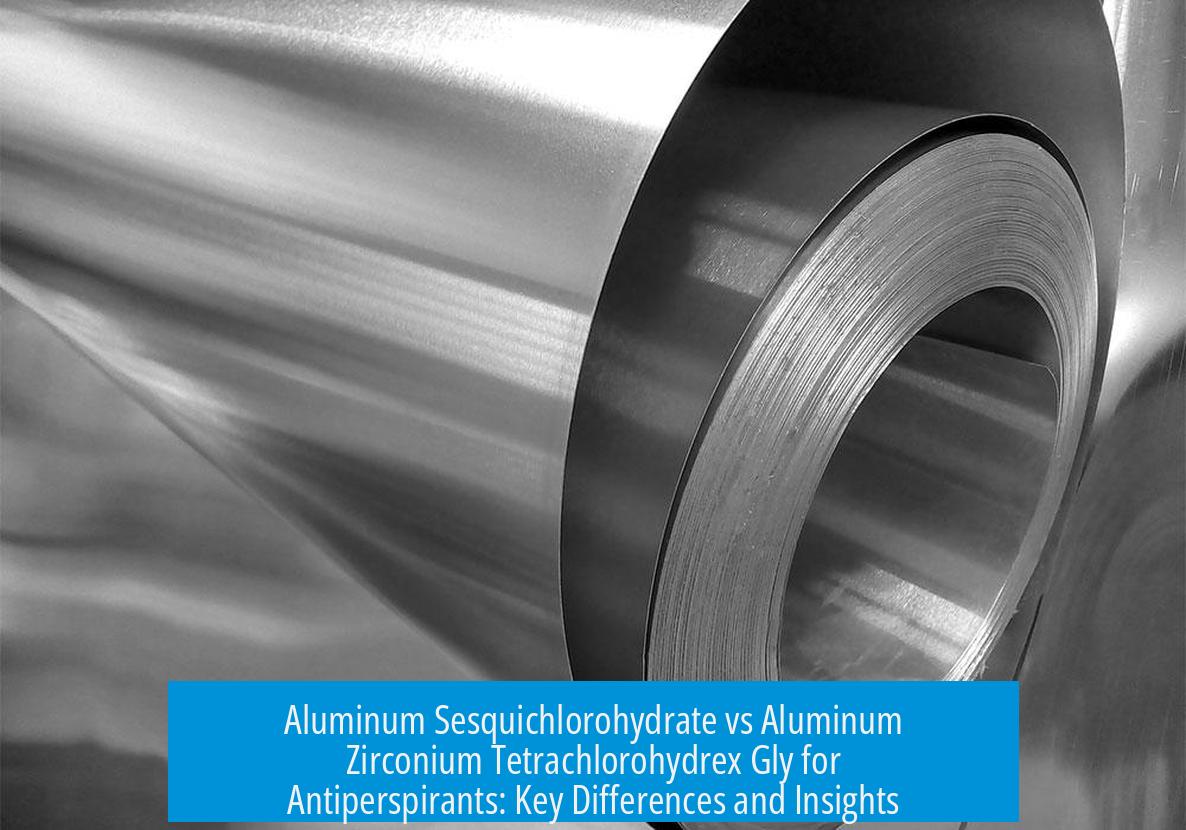
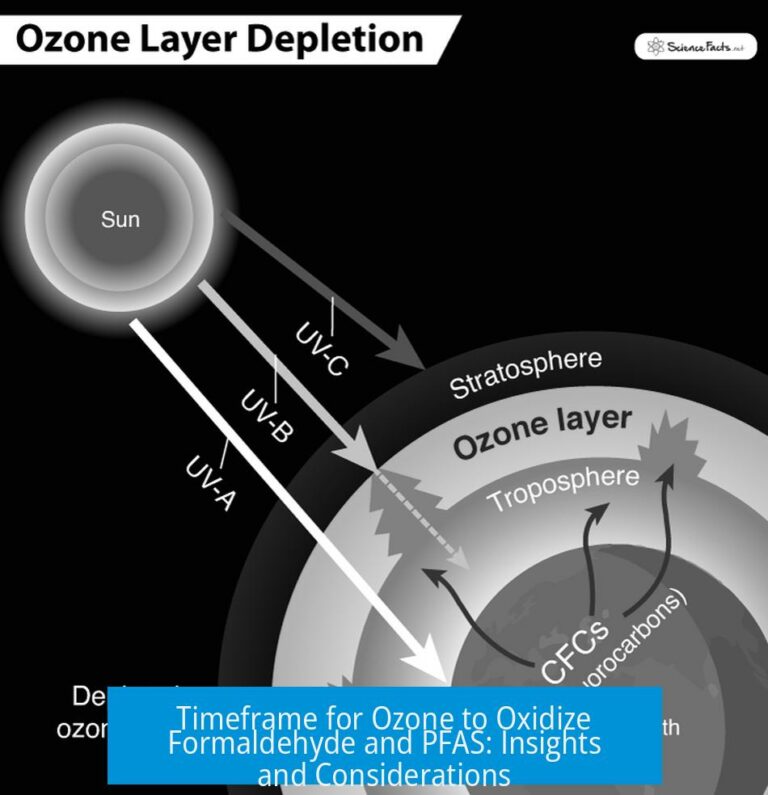

Leave a Comment